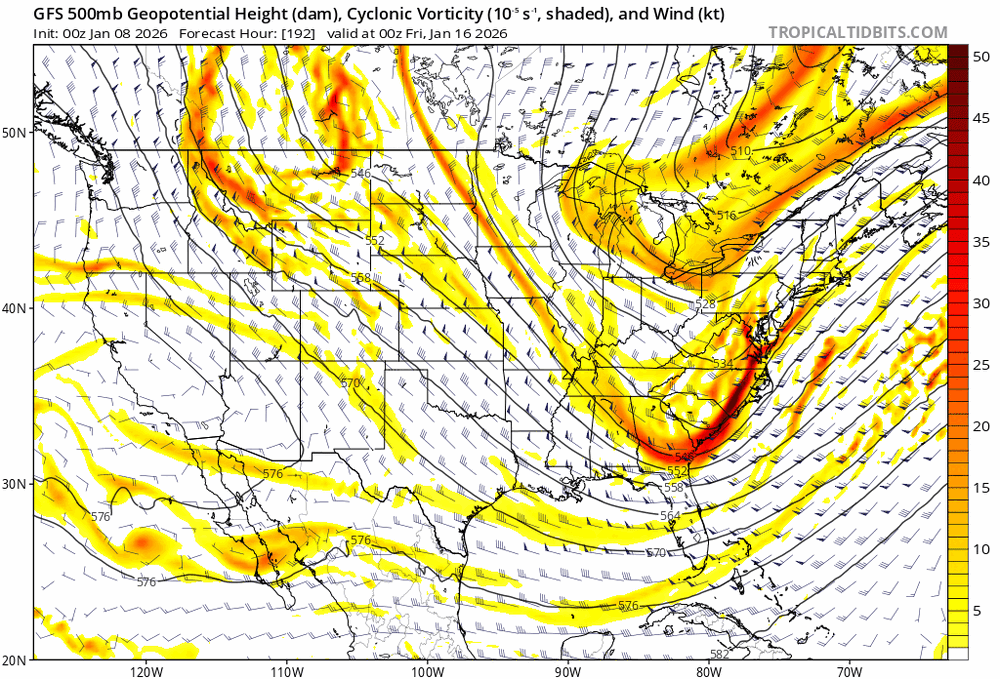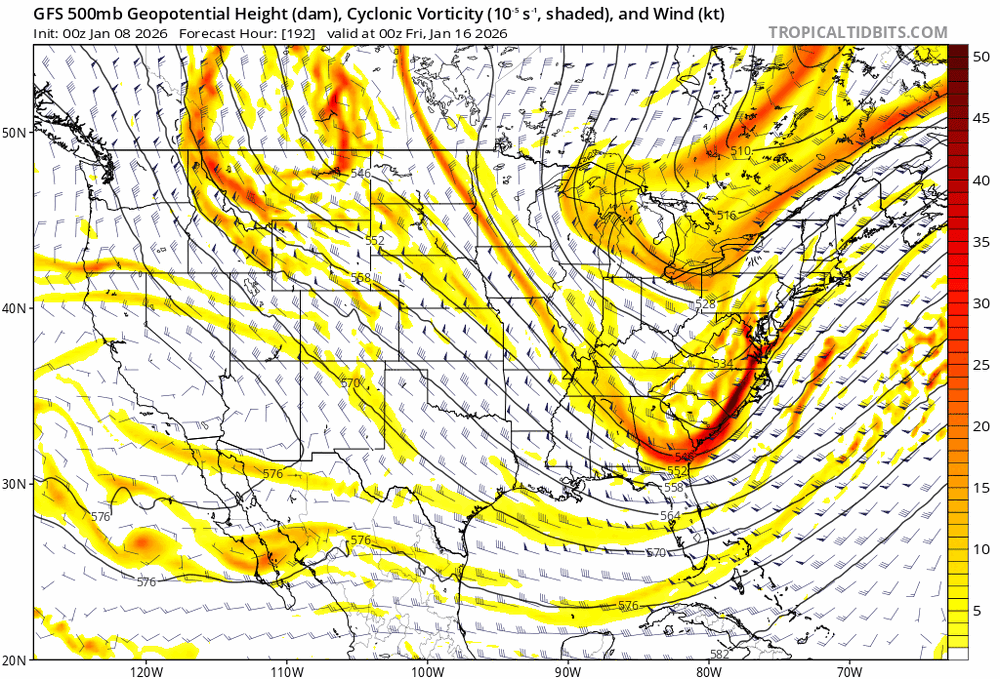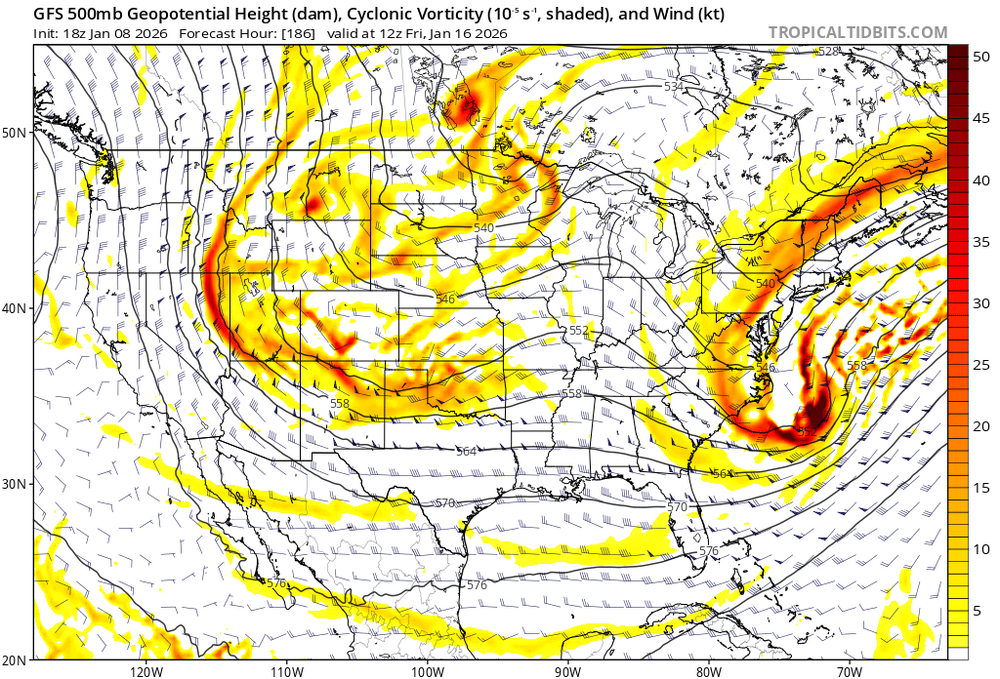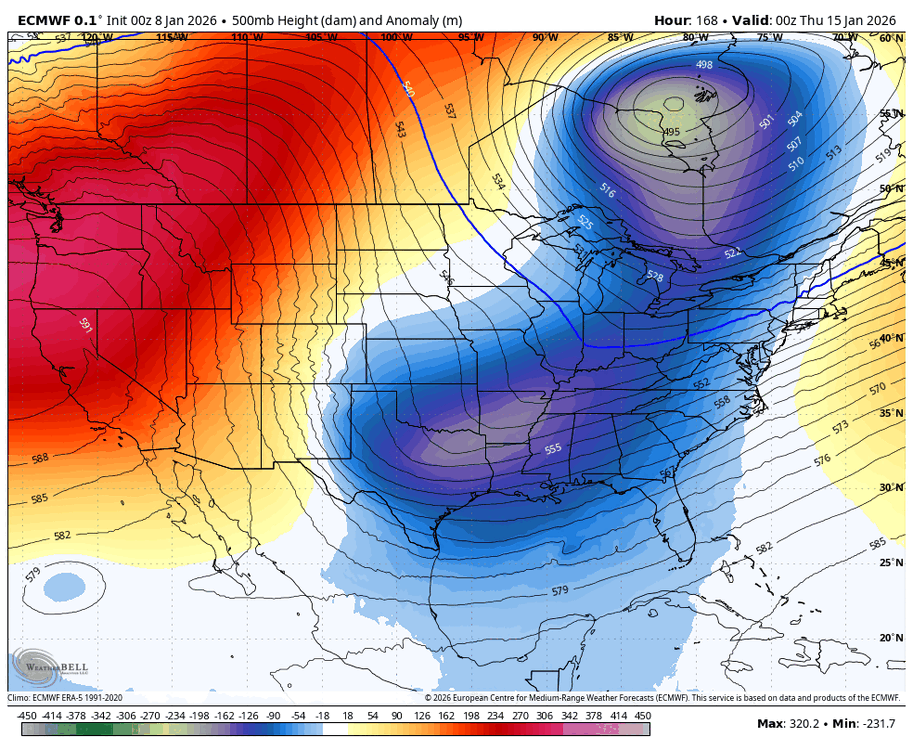-
Posts
6,040 -
Joined
-
Last visited
Content Type
Profiles
Blogs
Forums
American Weather
Media Demo
Store
Gallery
Everything posted by brooklynwx99
-
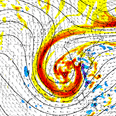
2025-2026 ENSO
brooklynwx99 replied to 40/70 Benchmark's topic in Weather Forecasting and Discussion
yeah, nice to see that forcing move east into the CPAC and WHEM coinciding with the WWB taking place. should keep canonical Nina impacts at bay -

January 2026 regional war/obs/disco thread
brooklynwx99 replied to Baroclinic Zone's topic in New England
this is literally full of condescension and yet, you are going to say that i was being insulting after you said that my degree was undeserved and unearned. I am going to stop responding to you, as I do not want to clutter this thread, but you should look at what you're doing here. it's really not cool -

January 2026 regional war/obs/disco thread
brooklynwx99 replied to Baroclinic Zone's topic in New England
it was mentioned because my qualifications were questioned, as if the degree or title I earned was not deserved. it absolutely was -

January 2026 regional war/obs/disco thread
brooklynwx99 replied to Baroclinic Zone's topic in New England
true. at least the antecedent airmass is better... hopefully we can get some height suppression beforehand, should be a beefy vort -

January 2026 regional war/obs/disco thread
brooklynwx99 replied to Baroclinic Zone's topic in New England
GFS is explosive but I think it'll be tough to pull off... I think the 18th holds better potential with the 16th trying to act as some confluence -

January 2026 regional war/obs/disco thread
brooklynwx99 replied to Baroclinic Zone's topic in New England
you can't even really forecast events that far in the future... you just kinda have to look at trends and the general longwave pattern and see how that goes. i don't think any respectable met would make a deterministic forecast more than 72 hours out -

January 2026 regional war/obs/disco thread
brooklynwx99 replied to Baroclinic Zone's topic in New England
you're right. just kinda hard to take sometimes when someone's insulting your intelligence in that way. i worked my ass off for this lmao -

January 2026 regional war/obs/disco thread
brooklynwx99 replied to Baroclinic Zone's topic in New England
i literally won most forecasting competitions in my classes at school and had a negative Z-score in WxChallenge. just stop it -

January 2026 regional war/obs/disco thread
brooklynwx99 replied to Baroclinic Zone's topic in New England
lol the people at my job that I actually forecast for would beg to disagree. you're just an ass -

January 2026 regional war/obs/disco thread
brooklynwx99 replied to Baroclinic Zone's topic in New England
what else is there to do? not analyze models? that's what we're here for -

January 2026 regional war/obs/disco thread
brooklynwx99 replied to Baroclinic Zone's topic in New England
this is why we look at ensembles and not OP runs -

January 2026 regional war/obs/disco thread
brooklynwx99 replied to Baroclinic Zone's topic in New England
-

January 2026 regional war/obs/disco thread
brooklynwx99 replied to Baroclinic Zone's topic in New England
yeah i think that's the one to watch. very tough to get two waves in two days and the 18th has a more favorable config to work with -

January 2026 regional war/obs/disco thread
brooklynwx99 replied to Baroclinic Zone's topic in New England
I like the second wave more, as is often the case... it doesn't have anything clawing at its back and the antecedent airmass is more favorable. that doesn't preclude the 16th, but if I were a betting man, I would put my money on the 18th like one of these is way more typically productive than the other -

January 2026 regional war/obs/disco thread
brooklynwx99 replied to Baroclinic Zone's topic in New England
-

January 2026 regional war/obs/disco thread
brooklynwx99 replied to Baroclinic Zone's topic in New England
if you think what i said implies that i don’t think climate change is real and has an impact, you must be mistaken. the over attribution is just a lazy cop out most of the time -

January 2026 regional war/obs/disco thread
brooklynwx99 replied to Baroclinic Zone's topic in New England
i’m sure New Orleans and Virginia snow weenies are loving climate change right now -
seems like we’ve trended the TPV more east, allowing for some mid level ridging to sneak into the Lakes and allow HP to fill the cracks. helps the airmass out a lot
-

January 2026 regional war/obs/disco thread
brooklynwx99 replied to Baroclinic Zone's topic in New England
seems like we’ve trended the TPV more east, allowing for some mid level ridging to sneak into the Lakes and allow HP to fill the cracks. helps the airmass out a lot -

January 2026 regional war/obs/disco thread
brooklynwx99 replied to Baroclinic Zone's topic in New England
-

January 2026 regional war/obs/disco thread
brooklynwx99 replied to Baroclinic Zone's topic in New England
lol you know you can get rain when a benchmark track now, right? and like 10 years ago? where do these people come from -

January 2026 regional war/obs/disco thread
brooklynwx99 replied to Baroclinic Zone's topic in New England
-
well, this is exactly what you want to see, NS is acting as confluence and not interfering with the main wave
-
lol KUs don't grow on trees. of course you need all of those factors in place for something that should happen once a decade
-

2025-2026 ENSO
brooklynwx99 replied to 40/70 Benchmark's topic in Weather Forecasting and Discussion
March 2018 is the crown jewel of this kind of warming, everyone likes to bring that absurd MJO pulse up haha




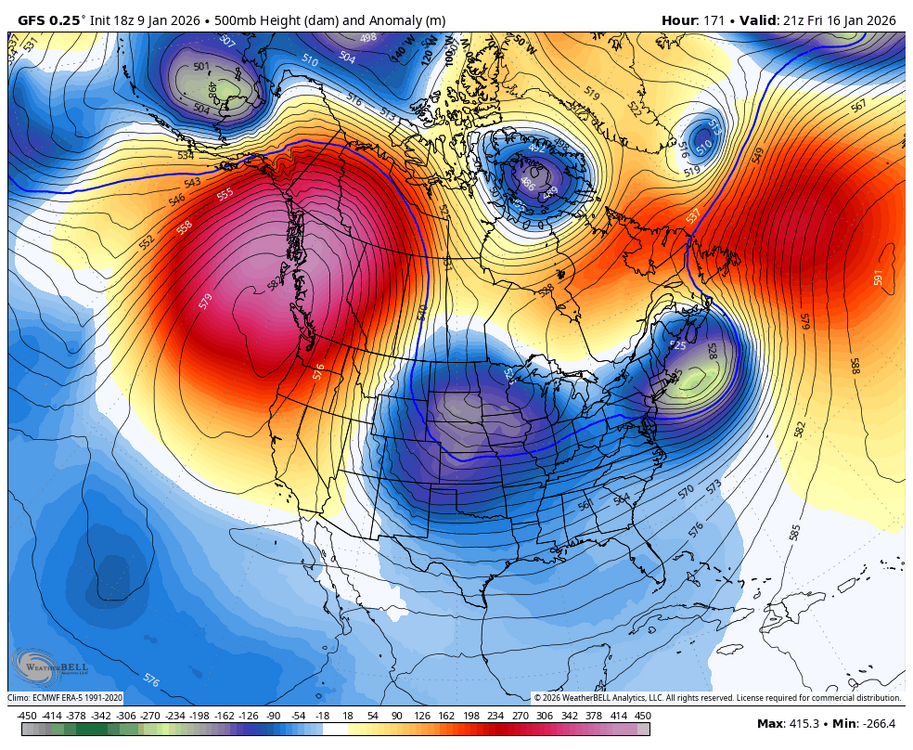


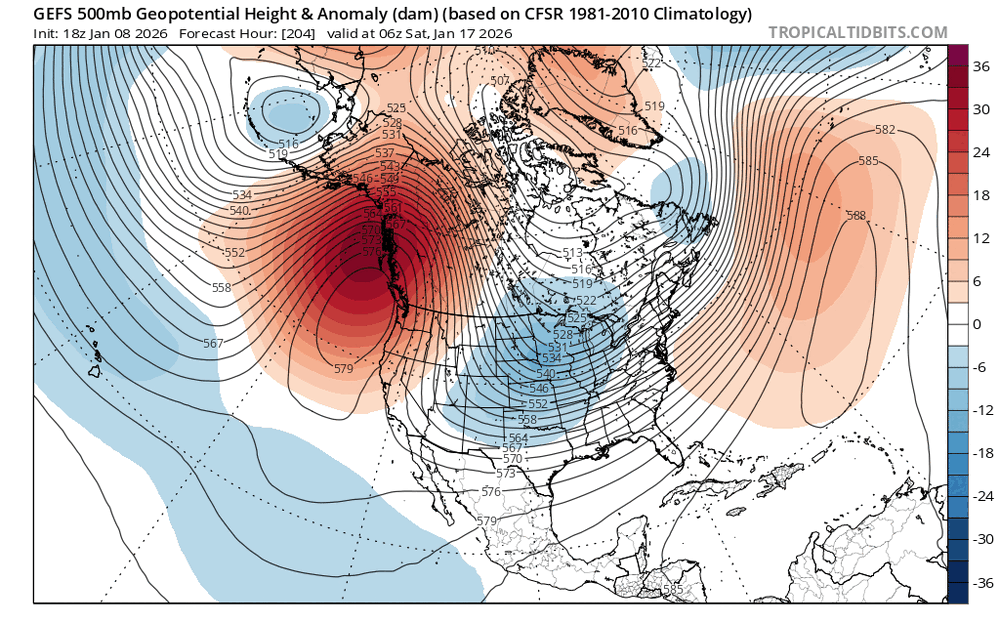
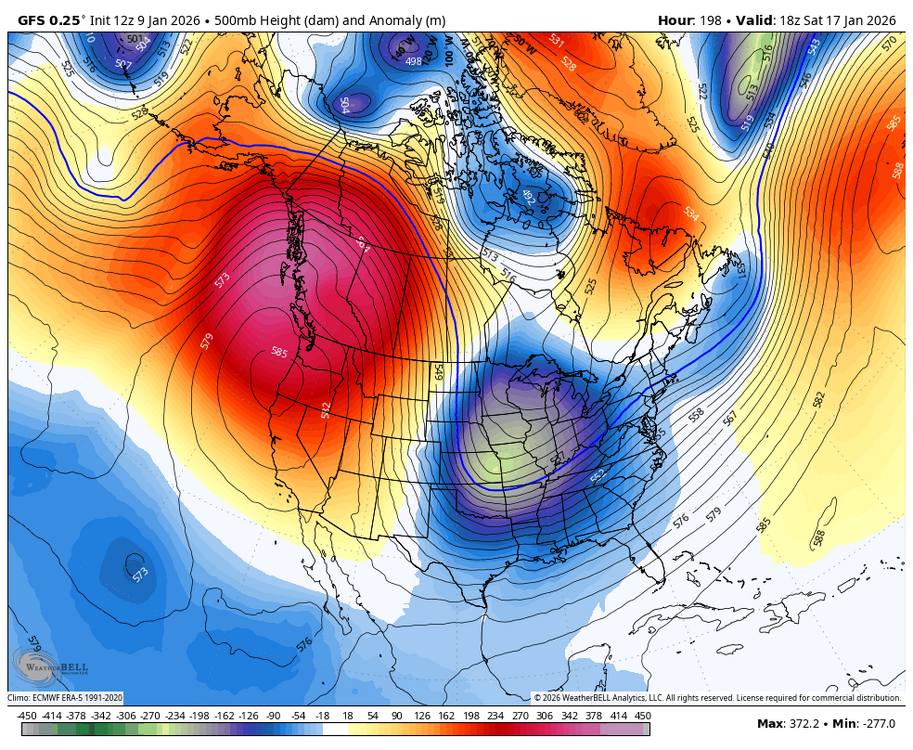
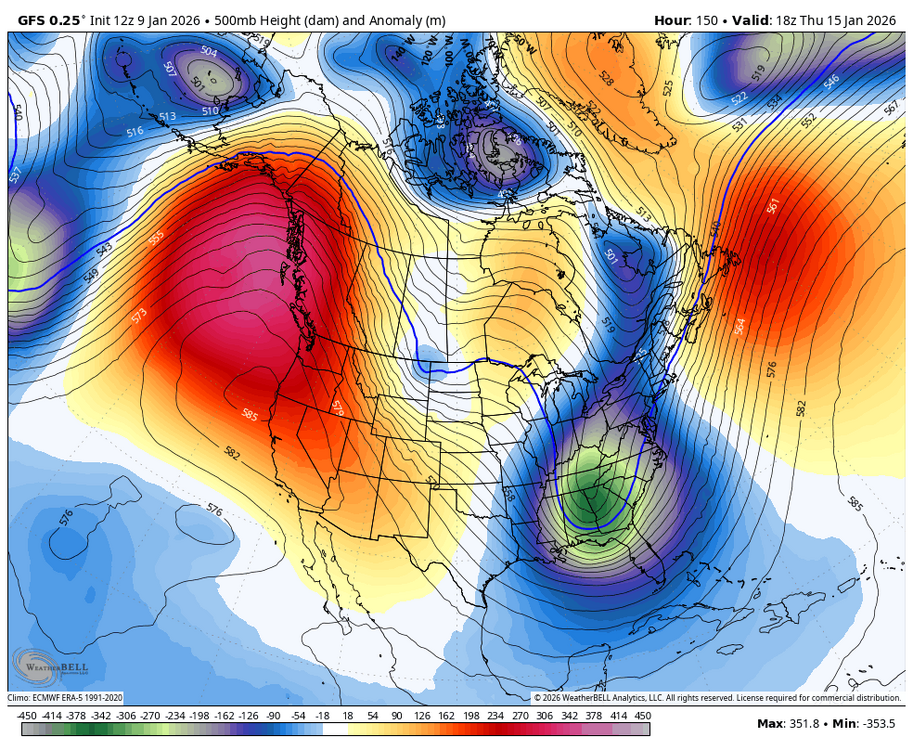
.thumb.gif.ca14681367f3553649077e5a1ce7a59c.gif)

